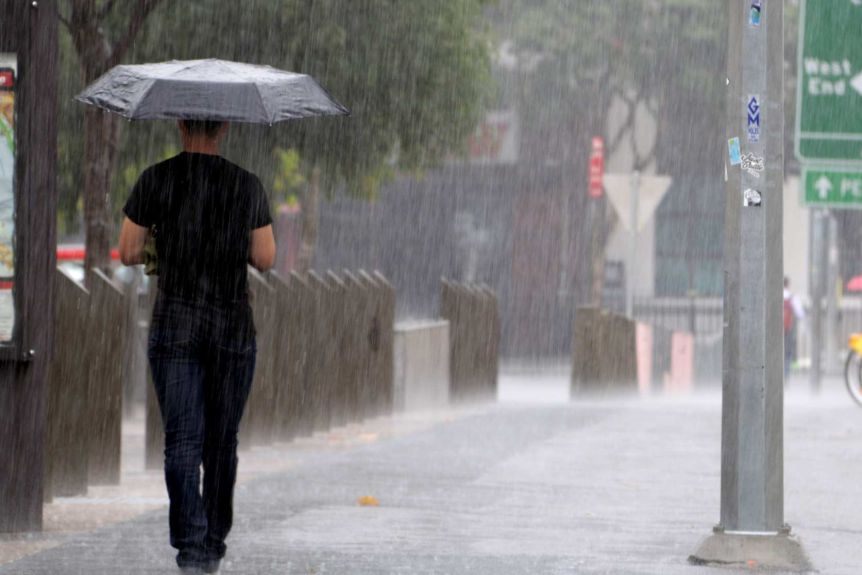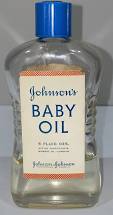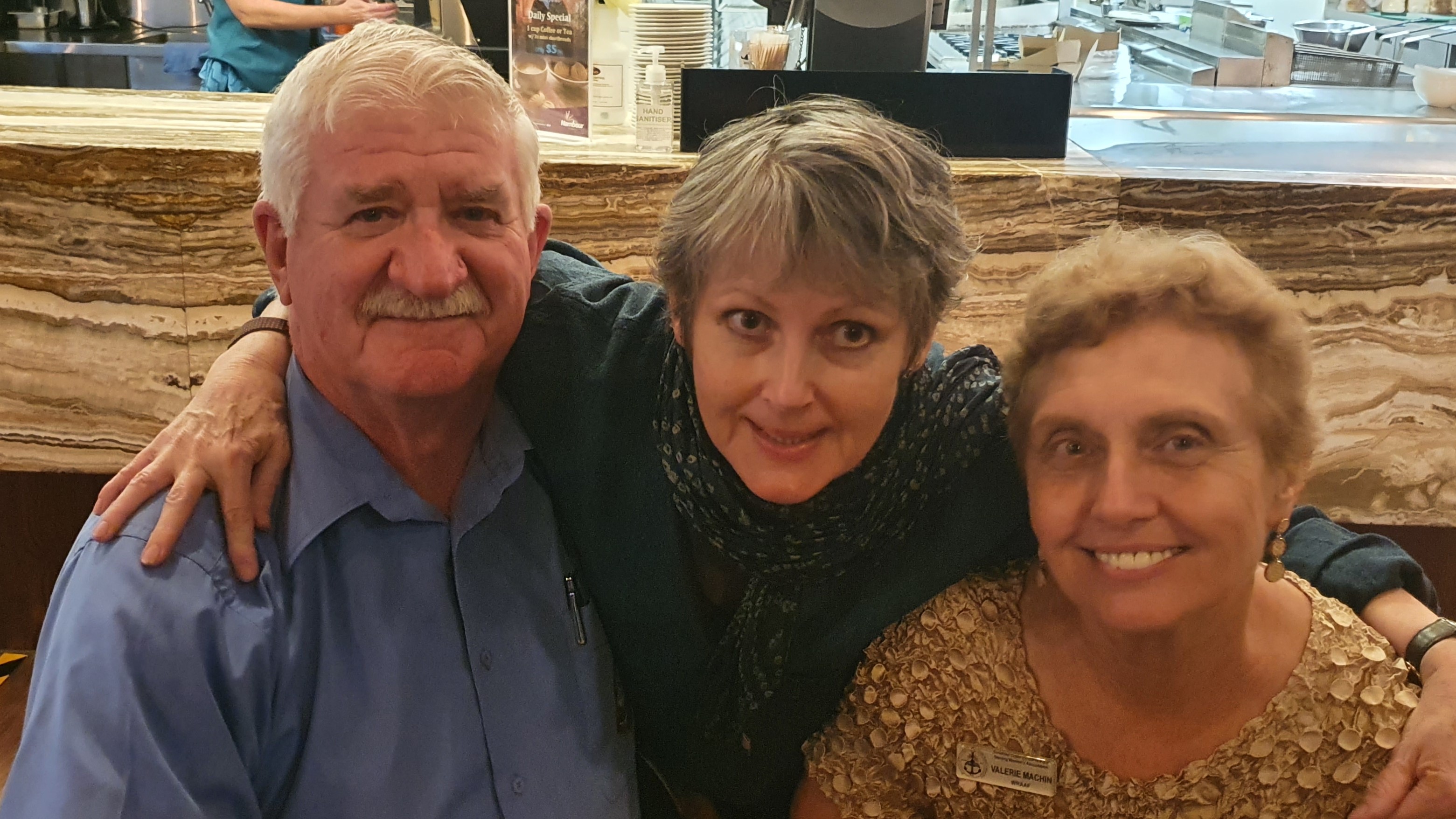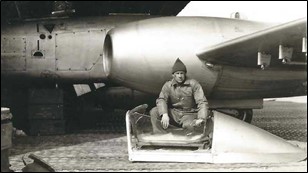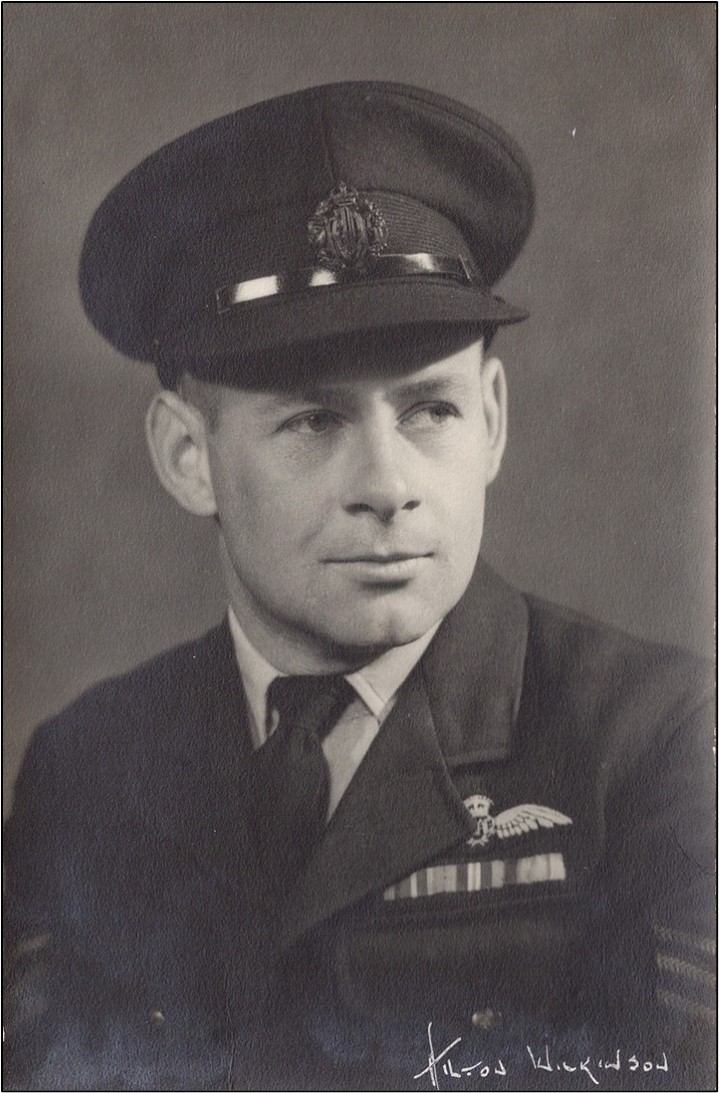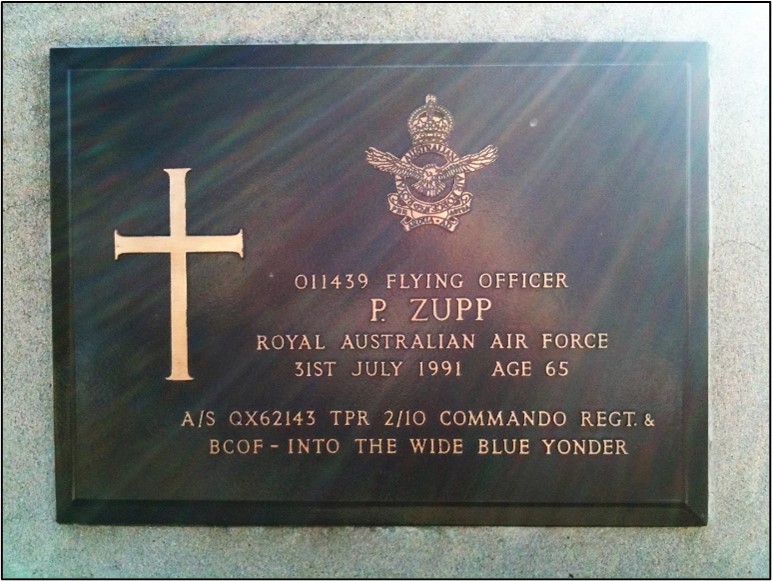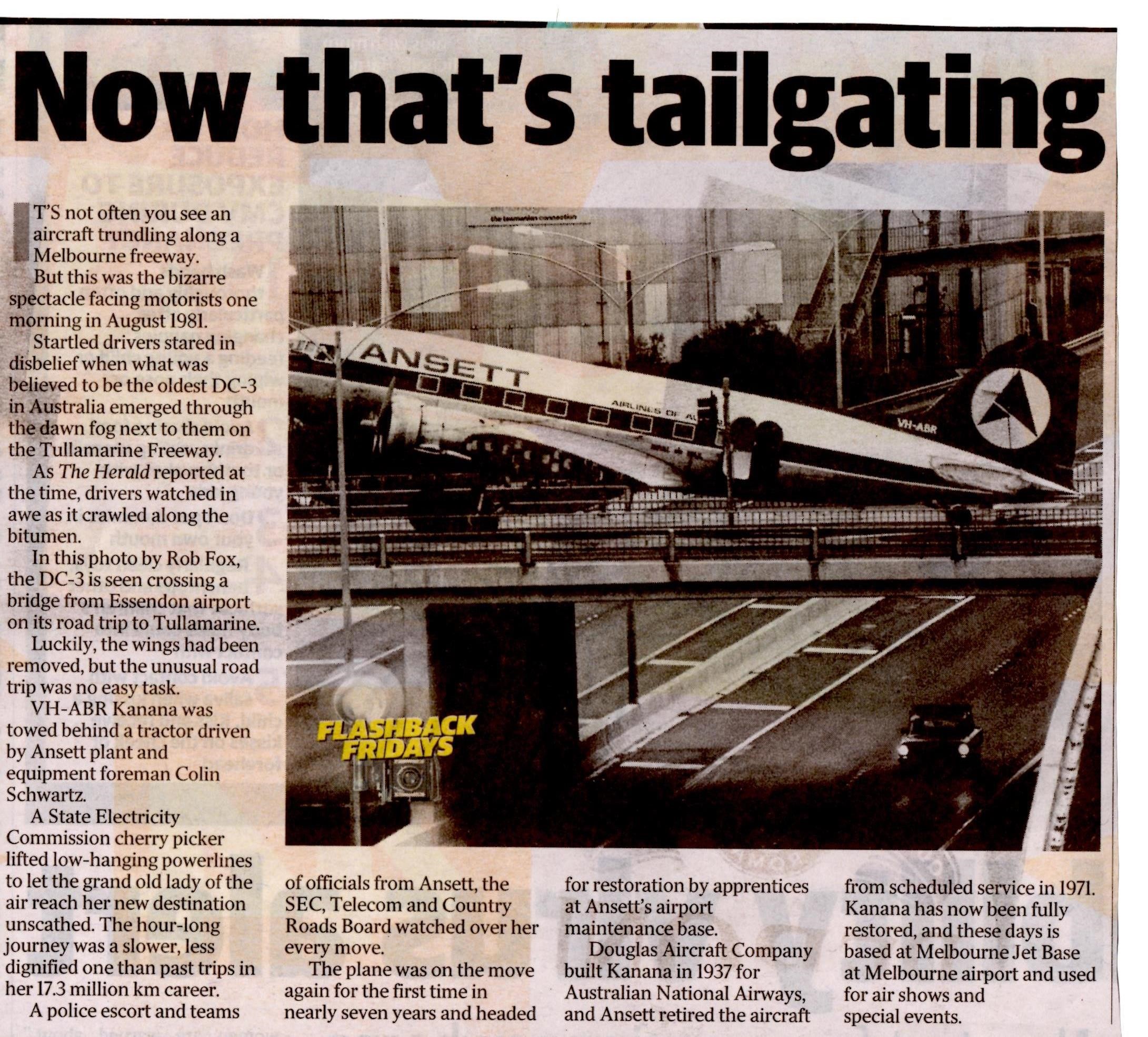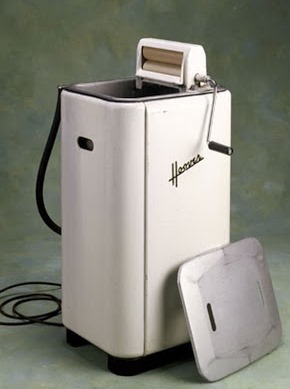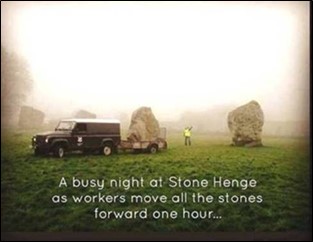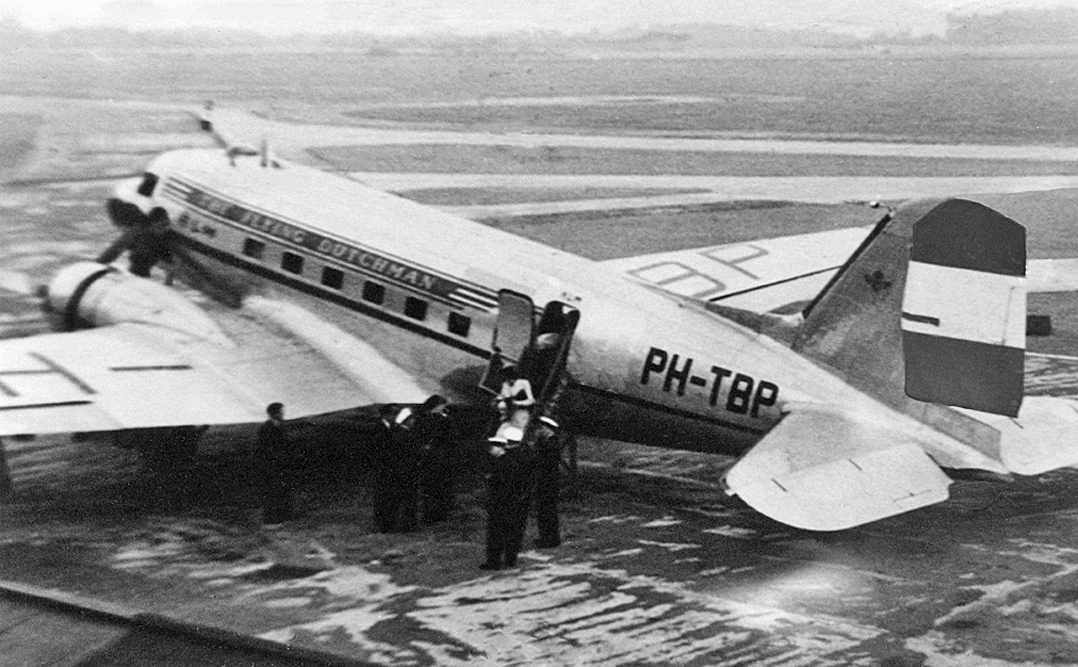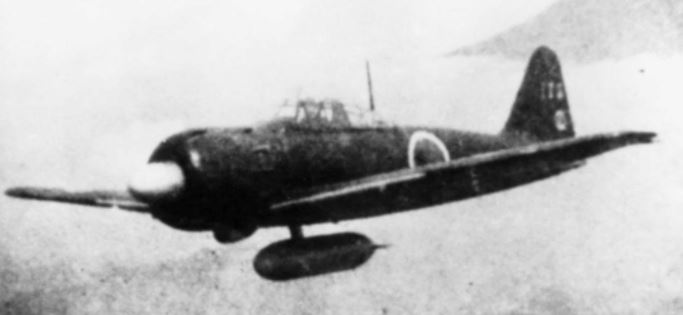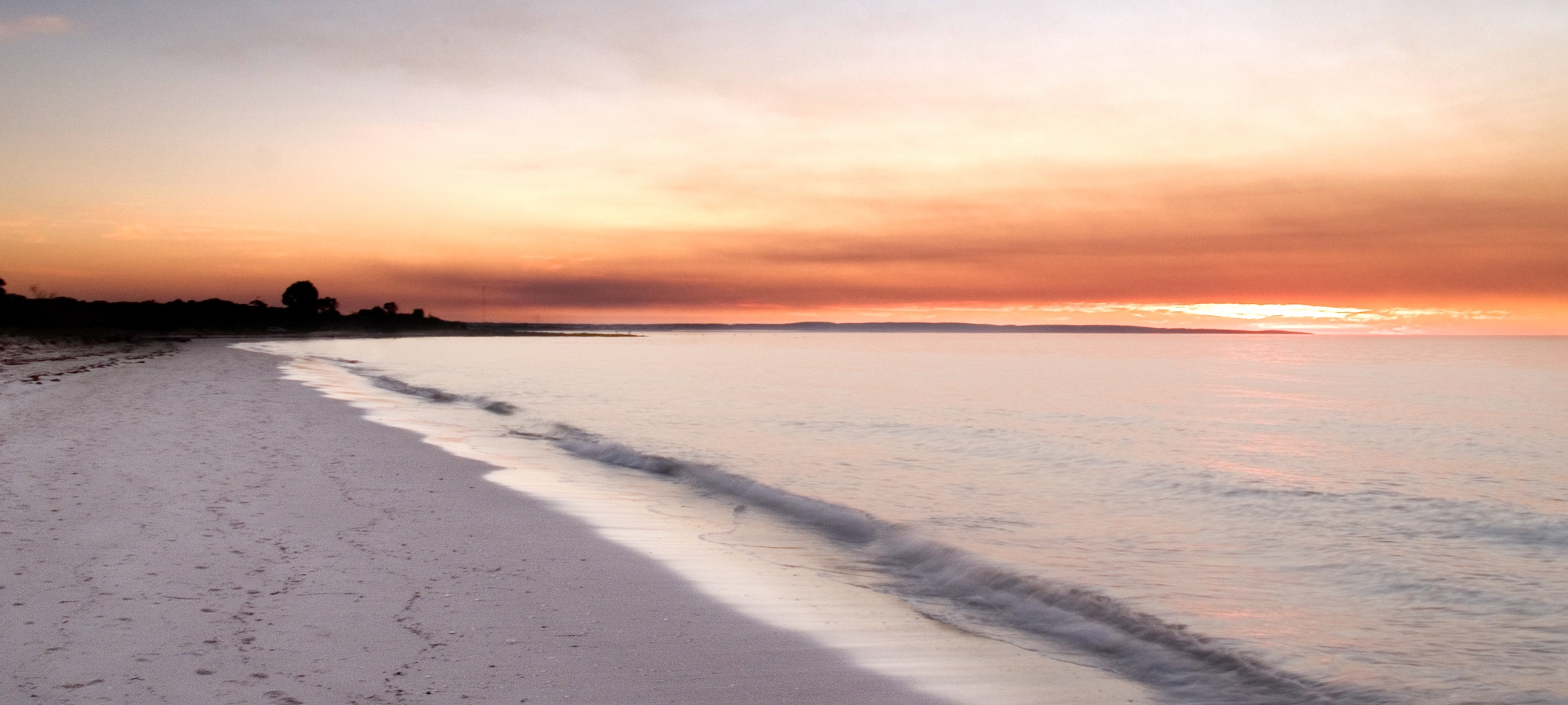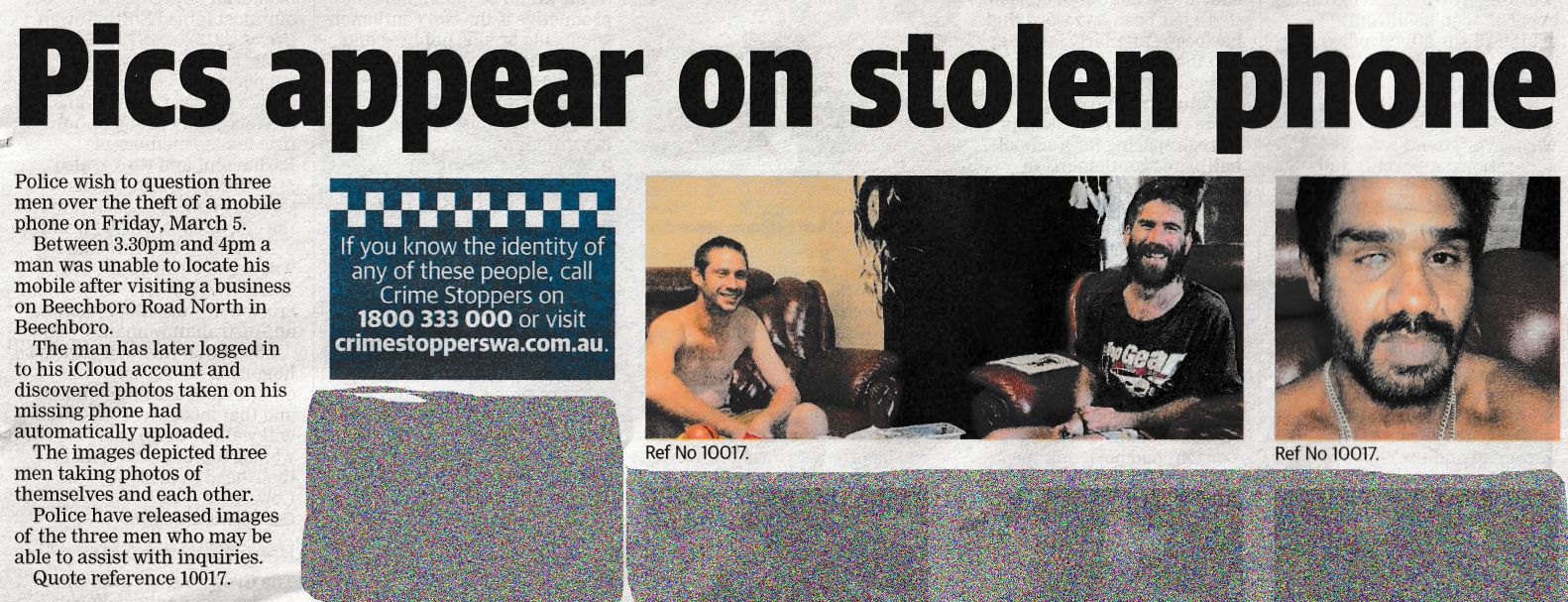|
|
||
|
||
|
Privacy Policy | Editorial Policy | Profit Policy | Join the Association | List of Members | Contact us | Index | Links |
||
|
Back Go to page: 1 2 3 4 5 6 7 8 9 10 11 12 13 14 15 16 17 18 19 20 Forward |
||
|
|
||
|
Contents:
Captain Smirnov's diamond delivery. RAAF Pilot awarded the Purple heart.
|
||
|
The people I meet.
The other day, whilst I was home and out on the balcony, reading the Readers Digest and just relaxing under Queensland’s wonderful sun, I received a DD message inviting me to coffee and lamingtons with the Nambour Air Force Association to be held at the Nambour RSL Club, up on the Sunshine Coast. Being the shy modest and retiring person that I am, and knowing, of course, how my very presence would brighten their day, I readily accepted.
I checked my busy schedule and found I had a free Thursday in February so I made arrangements, gave a “do not disturb” instruction to my 10 executive assistants, had the car serviced, fitted new tyres, filled her up with super and looked forward to the day.
Thursday morning came and for some unknown reason, it was raining. Many years ago, Queensland’s prominent politician Jo Bonkers-Bananas, had decreed that it was only to rain at night, leaving the daylight hours for the beach and other pleasurable delights. Obviously, he who makes it rain hadn’t read the rules and it was raining like it was Melbourne but I wasn’t to be deterred, I had given my word and as everyone knows, my word is my bond, so, it was up at 3.00am to make the body ready.
Being one of the world’s best Radtechs, I have a slight problem as my body emanates an addictive product called Radtechitis which is very attractive to the female species. As a result, before I leave the premises knowing there’s a chance I’ll be mixing with the fairer ones, so as not to cause a wild stampede, I start the day with a 40 minute piping hot shower, followed by another 40 minutes in an ice bath which closes the pores, then I cover the body with a liberal lathering of Johnson’s baby oil. Over the years I’ve found this to be very affective in masking the Radtechitis and allows me to go about my business in a normal civilised manner without being mobbed and adored.
At about 8.30am I hopped into the ‘61 Beetle I’ve had since new and headed north along the Bruce Hwy towards Nambour with ABC Classics soothingly playing on the Astor diamond dot in the dash. The electric wipers were trying their hardest to keep the screen clear of water so I could navigate the route by DR as the Beetle has a 6 volt electrical system and I was not able to find a 6 volt GPS system. This meant I had to do it the hard way, look out the window with the old WAC chart on the knees but being a Radtech, I found it not too difficult. Anyway, some time ago, a thoughtful person had put big green signs beside the highway pointing the way and I’ve found you can nearly always get where you want to go by following these signs. Very thoughtful indeed.
The little Beatle purred its way north at a steady 75 kph and I arrived at the Nambour RSL with 15 minutes to spare. The RSL Club had thoughtfully built their premises on stilts, leaving a considerable space underneath for people to park their cars and alight without getting wet. They must expect a lot of patrons during the evening hours as normally there would be no need for this facility during the HJ hours.
My Beatle was built well before such niceties as electric windows and remote locking were introduced to the motoring public, so I was forced to lean across and check the window and door on the passenger side before leaving the vehicle and while doing so, I inadvertently rubbed my wrist against the white gear knob. I didn’t know at the time, but I must have wiped a minute amount of Johnson’s baby oil from my skin, allowing a miniscule amount of Radtechitis to escape. Oil being viscous, it quickly recovered the blemish and I was able to enter the Club in a normal manner.
However! I was soon to learn that the contact my wrist had with the gear knob had caused a serious problem. That tiny whiff of escaped Radtechitis was carried south on the anabatic winds that flow from the Nambour hills during the day and headed south at 15 knots.
Some miles from Nambour and although miles apart, two lovely ladies, Crissie and Val, were going about their daily ritual, both had cleaned away the dishes from morning breakfast and had retired to the back porch, relaxing in their wooden rocker chairs. Both had their Bakelite HMV radios playing re-runs of “Portia faces Life” while alternatively reading Mills and Boon and knitting socks for their men-folk, when coincidentally, a small whiff of Radtechitis reached them at exactly the same moment.
Down went the knitting and leaping from the rocking chairs, scattering both dogs, books and chooks asunder, they spun around trying to determine the source of that elusive Radtechitis. Finally, with a spot fix indelibly fixed into the brain, it was off with the apron, on with the twin set and with knees pumping headed for the source. Val raced to the shed, leapt aboard the old DeSoto 2 tonner, spun the crank handle and kicked it into life then wheel spun out the driveway, heading for Nambour. Crissie’s FJ ute had a flat tyre so she donned the Dunlop Volleys and started running. Val, being the kindly person that she is, after nearly running over Crissie, offered her a ride. Both ladies screeched to a halt in the bus stop outside the Club, raced in and draped themselves upon my most surprised personage.
|
||
|
|
||
|
Trev Benneworth, Crissie Wessels, Val Machin.
I endured this for about 58 minutes before I was forced to extricate myself from their clutches. Both then left the club on a high.
Such is the burden a Radtech must endure.
Crissie Wessels, ex RAAF and Val Machin, ex-WRAAF are two great girls who live on the Sunshine Coast, both have a great sense of humour, are fun loving, always show a welcoming smile and both are very community minded.
Crissie joined the RAAF in 1978 and did her Rookies at Laverton. Apart from being the Treasurer of the Nambour Branch of the Air Force Association, she is also a volunteer at the Sunshine Coast Vietnam Vets drop-in centre at Maroochydore. As Crissie says “Well I have to concur with the Radtechitis theory, quite seriously I was not going to morning coffee that day, suddenly a wave of euphoria swept over my sad depressed state and I found myself getting ready to go out. The double bonus of the day was to meet Val and have a chat with a bonzer sheila. That was the best day at RAAFA Nambour Coffee and I seriously think all RAAFA in Queensland should sponsor visits of enthusiasm and bon homie by inviting Trevor and Val.”
Val joined the WRAAF in 1971 and did her Rookies at Edinburgh. Like all the other WRAAFs, she had to endure the ignominy of being expected to do the same work as the men only to be paid 2/3 of the men’s wage. Fortunately, all that ended when the WRAAF were integrated into the RAAF in 1971 and everyone was treated equally.
|
||
|
Corona Virus masks? – THIS is how they should be worn.
|
||
|
Humble Aussie pilot awarded American Purple Heart.
Phillip Zupp's bravery earned him a Purple Heart.
An Australian pilot who flew 201 missions in the Korean War but couldn't drive a car. He was, however, the first from his country to be awarded the American Purple Heart for wounds he received in a daring mission over a heavily defended part of the Korean landscape. It would be nearly seven decades before the whole story was told.
In 2018 Flying Officer Phillip Zupp posthumously received the US Air Medal in recognition of his actions on February 6, 1952, when he was a member of the RAAF's Number 77 Squadron while participating in an aerial flight in a jet fighter near Kimpo, South Korea.
The citation reads that Sergeant Zupp conducted a search for a downed pilot in a heavily armed area, defended by enemy anti-aircraft fire. As he flew in at a dangerously low altitude, he was hit with a large burst of enemy fire that destroyed his canopy. His face was wounded from ricocheting projectiles, one of which smashed the canopy and lodged near the gunsight.
He was able to regain control of his aircraft, despite the effects of shock and low altitude, and returned to base covered in blood. The citation continued that because of Sergeant Zupp's display of professional skill and airmanship, in dedication to his country, this reflected great credit upon himself and the Royal Australian Air Force.
While still in Korea Zupp was later promoted to Flying Officer. He flew 201 fighter missions and was "Mentioned in Despatches" by the Commonwealth.
Zupp's story begins in 1925 when he was born in Toowoomba, Queensland. He was brought up in the rural area of the Darling Downs which had experienced drought and the harsh effects of the Great Depression. His interest in planes was sparked at an early age, and he spent his first pay cheque at 14, on a copy of Every Boy's Fighting Planes and enlisted in the Air Training Corps, a cadet body.
One month after his 18th birthday he enlisted in Brisbane to fight in World War Two. He originally enlisted in the Royal Australian Air Force as a Navigator but was advised he was surplus to requirements. Transferring to the Australian Army, he saw active service with the 2/10 Commando Squadron in Wewak, New Guinea. When the war was over he, along with others from his unit, was shipped to Hiroshima, Japan as part of the British Commonwealth Occupation Forces (BCOF), where he witnessed a defeated people, suffering from the effects of one out of two atomic bombs dropped on the island nation.
When he returned to Australia in 1947, he spent a year cutting sugar-cane before he enlisted again in the Royal Australian Air Force as a mechanic in 1948. He hadn't forgotten his boyhood dream of being able to fly and spent his air force wages on flying lessons. He was determined to become a pilot and applied several times before obtaining his goal.
By the outbreak of the Korean War, the RAAF was busily training pilots. On the recommendation of a senior officer at Rathmines, where he had been posted, Zupp was selected for No. 4 Pilots Course at Point Cook, Victoria, graduating in February 1951. By November of that year, he was in Japan and soon flying his first operational mission as a member of 77 Squadron in the skies over Korea.
His log book over the next seven months would see it filled with entries regarding ground attacks and numerous occasions when his aircraft was holed or landed with minimum fuel. Glued between a couple of pages is his citation "Mentioned in Dispatches" that mentions the February 1952 incident.
His log book records that he flew the next day, despite having shrapnel and Perspex still embedded in his face. It wouldn't be surgically removed until 1990.
Many years later as a paramedic, Zupp's son Owen was waiting on the transfer of a patient in Canberra and discovered a book detailing the official history of Australia's involvement in the Korean War. It was there he found his father's name in a list of medals awarded and noticed he had received the Purple Heart. This was news to him as his father had never mentioned receiving the medal.
After much research and a whole book later entitled Without Precedent, Zupp was formally awarded posthumously with a Presidential Citation and a second US Air Medal in lieu of the Purple Heart, at the 100 year celebrations of US-Australian mateship. The presentation was made by the former Chief of Defence, Air Chief Marshal Mark Binskin, who had been pivotal in seeing Zupp's bravery recognised, after reading Owen's book.
While there is still no approval to wear the Purple Heart, Owen Zupp knows he has achieved his main goal. To keep the story of his father's achievements alive, not only for the nation this soldier and pilot fought and flew for, but also so his own children will know and be proud of their grandfather's achievements.
Phillip Zupp died of natural causes on the 31st July, 1991, aged 65 years. He was buried at the Drayton and Toowoomba Cemetery.
|
||
|
Paddy's pregnant sister was in a bad car accident and fell into a deep coma. After being stuck in the coma for nearly six months, she wakes up and sees that she is no longer pregnant. Frantically, she asks the doctor about her baby. The doctor replies, "You had twins! A boy and a girl.. The babies are fine now; however they were poorly at birth and needed to be christened immediately, but luckily, your brother came in and named them.
The woman thinks to herself, "Oh suffering Jesus, not Paddy ...he's a clueless eejit. Anticipating the worst, she asks the doctor, "Well then, what is my daughter's name?" "Denise," says the doctor. The mother is very relieved "Wow, that's a beautiful name, I guess I was wrong about Paddy ... I do like Denise." Then she asks, "What's the boy's name?"
"Denephew"
|
||
|
ANA’s DC3 Adrian Heinrich.
This historical shot was taken when the old Ansett/ANA DC-3 VH-ABR was towed on its wheels via the Tullamarine Freeway from Essendon Airport to the Ansett Maintenance Base at Melbourne Airport, Tullamarine, to grace the Lawned area in front of the Base. In later years it was made airworthy again by dedicated Ansett Engineers in their own time and flown by Senior Ansett pilots to many airshows, including the major Avalon shows. (Click the pic to be able to read it.)
Today this beautiful old (1938) plane graces a special annex at the Melbourne Jet Base (MJB), Melbourne Airport and is once more in excellent flying condition and flown by MJB pilots, being maintained by dedicated volunteer former retired Ansett engineers, who spent over 3 years bringing the old girl back into the air.
For interest this is the only true DC-3 passenger aircraft in Australia, imported by ANA as one of three in 1938, VH-ABR is the only survivor and saw WWII service early in the war (in camouflage) on lease from ANA prior to the famous C-47 Dakota’s being made available. Unlike the C-47’s which graced Australian skies (and still today) this historical aircraft has Wright Cyclone nine cylinder R-1320 engines fitted, as opposed to the Pratt and Whitney R-1830 Twin Row Wasps, resulting in a distinctly different sound in the air. It also features a small dome shaped passenger door rather than the C-47’s larger cargo doors.
Tools.
Tools were things Sumpies and Framies used when repairing aircraft that had been mis-treated by pilots. A lot were kept on things called tool boards and kept out of sight of your average learned Radtech who had no use for them whatsoever, but there were times when a Radtech, while peering out at the tarmac from his air-conditioned work-place, would get a glimpse of a black-hander returning to the flight office with one or more of those foreign objects in his hand. For years Radtechs have wondered for what purpose tools were intended and it wasn’t until recently that a kindly black-hander put out an in-depth expose that at long last has revealed all.
If you too want to know what tools are used for, click HERE.
|
||
|
|
||
|
|
||
|
When Britain nuked America – twice!
Well, no... nobody actually got nuked. It was just a training exercise designed to test whether the US's air defence network was effective against the former Soviet Union's bomber forces.
|
||
|
|
||
|
One of the types of aircraft involved was the legendary Avro Vulcan bomber and it made such a mockery of the US's air defences that it was covered up until all the documents were fully declassified in 1997! I guess it proves how incredible the Vulcan was and how much of a threat a Soviet aircraft that had the Vulcan's manoeuvrability and electronic countermeasures could have been to the American mainland. We should all thank our lucky stars that the Cold War never got hot!
See HERE.
Household chores tools.
When we were young, it was common for the male of the house to be the bread winner and not unknown for the little lady not to leave home to go to work but to spend her day keeping house, cooking, washing, ironing, looking after the kids and doing the shopping. Manufacturers such as Hoover, Sunbeam and Westinghouse built appliances to make the job of house-keeping a lot easier and the average house contained several.
Times have changed.
No longer is the bread-winner responsibility the exclusive domain of the male, today the female species is as well as, or even better, educated than her male partner and it is she who leaves home each day to earn an income to keep the house functioning comfortably. Roles have been reversed, the male now uses the appliances to cook, clean and wash but being male, he is not happy using frilly little battery operated vacuum cleaners, or front loader washing machines, he wants man- stuff. Luckily manufacturers have realised this and have put real man-stuff appliances on the market.
See HERE.
|
||
|
Day-light saving is about to end.
|
||
|
Tour the world – without leaving home.
With today’s technology you can tour 50 cities around the world and spend as much time as you like in any one of them while “driving” without leaving you lounge room. Click the link below then pick the city of your choice from the list in the upper right and away you go. You can drive at 3 different speeds and even listen to local radio stations. One thing you'll notice is the scarcity of utes in any of the cities. Havana has many old cars while New York City has lots of taxis and not much horn honking (because (because the cops can give you a noise bylaw ticket).
If you've visited or even lived in some of these cities, the drive might bring back exciting memories. Happy motoring! Click HERE.
|
||
|
People write Congrats because they can’t spell Congrajlashins.
|
||
|
The bravery, tragedy, and mystery of Captain Smirnov's secret diamond delivery.
It's March 1942 — the dark and desperate middle of the World War II. Darwin has recently been bombed by the Japanese and they are about to capture Java. On the airstrip at Bandung, a Dutch DC-3 passenger plane named the Pelikaan is ready for take-off on an evacuation flight to Broome.
The KLM plane has been repainted in camouflage colours. On board are four crew and eight passengers including a young woman and her baby. The airport is blacked out, and gunfire can be heard in the distance. The Japanese are closing in. As the crew do their final checks, the manager of the airport runs across the tarmac with a package. He crawls through the belly of the plane toward the dimmed light in the cabin and hands the package to the pilot, saying it must be delivered to the Commonwealth Bank in Australia. There is no paperwork with the package. It's the size of a cigar box and is covered in brown paper and stamped with the wax seals of the Bank of Java.
The co-pilot quickly throws the package into the safe, the twin engines of the DC3 rev up and the plane takes off into the tropical night, heading for Australia. No-one in the crew knows that inside the package are thousands of diamonds, worth nearly $30 million in today's money. They belong to a Jewish firm based in Amsterdam which has sent its diamonds to Bandung to prevent them being plundered by the Nazis. There are thousands of small stones, but also some large diamonds, destined for the Sultan of Delhi. The pilot of the Pelikaan is Ivan Smirnov. Strikingly handsome, nicknamed "the Turk", and with a reputation as a playboy, his life story reads like a movie script.
Smirnov was born into a peasant family in a village east of Moscow. He enlisted in the Russian infantry in World War I, won medals for bravery, and was the only survivor of his regiment. "He got wounded in the leg by machine gun fire in early December 1914, and was medically evacuated to Petrograd. He had a five months convalescent period, and probably thought, 'I don't want to be the poor bloody infantry anymore, how about aviation?'
Smirnov proved to be an ace fighter in the Red Baron style, shooting down 11 German bi-planes.
Then came the Russian Revolution.
As the Bolsheviks were not very fond of officers, Smirnov and some others became concerned that they would become a target, that they would be punished or even killed, so he escaped Russia to Europe. He ended up in the Netherlands where he flew planes for KLM, was knighted by the Queen for setting a flying record, and married Danish actress Margot Linnet.
Before the country fell to the Nazis, KLM shifted its planes and air crews to Indonesia — Smirnov went with them.
Attack
After seven hours of flying, the Pelikaan is tracking down the Kimberley coast. The rocky outcrops are glowing pink in the early light. Smirnov is feeling relieved, but his abilities as an air ace are about to be tested. Broome has just been raided by the Japanese long range Third Air Group based in Timor. The eight Zero fighters had destroyed Allied planes on the Broome airstrip and sunk the flying boats in Roebuck Bay, killing an estimated 120 people. To his horror, Smirnov sees the silver glint of three Japanese Zeros as they peel off from the main group and line up to attack the Pelikaan.
The lumbering DC3 has no defences. The Zeros rake the Pelikaan with machine gun and cannon fire. Smirnov puts it into a deep spiral dive, jinking and pushing the plane into every acrobatic stunt it can do. Even so, bullets rip through the cabin, hitting some of the passengers. Smirnov is shot in both arms and through the hip.
Smirnov desperately looks for a place to land. Carnot Bay, 90 kilometres north of Broome, comes into view. Luckily the tide is out, offering a wide flat stretch of sand. Smirnov skilfully puts the plane down on the beach then swings into the surf to extinguish the fire in the engine. But their troubles are far from over. The Zeros keep strafing. The Pelikaan crew and passengers hide under the plane and make a dash for it between strafing runs, but there are more injuries.
The Zeros, conserving their fuel, head back to Timor.
Survival
The survivors are now alone on a desert beach in the savage March heat of the Kimberley. They realised that they didn't have much in the way of food, but more importantly, water. Using a blowtorch from the plane's toolkit they improvise a desalination still, making just enough fresh water to keep themselves alive. For food, they manage to get shellfish from the rock pools. Then they grab the three parachutes that they had in the aircraft and rig them up as shade.
|
||
|
|
||
|
When an SOS they send from the plane's radio is picked up by a Japanese flying boat, it tries to bomb them, but misses. Over the next days, four of the wounded passengers, including the young woman and her baby, die from their injuries and are buried in shallow graves on the beach. Smirnov is badly wounded, but somehow is able to keep going. He asks one of the uninjured passengers, Van Romondt, to get the mystery package and his maps and binoculars from the Pelikaan. As Van Romondt is returning from the plane with his arms full, a large wave knocks him under. He falls into the water and drops everything, picks it all back up but doesn't pick up the package, he couldn’t find the package.
Bernard George, an Aboriginal man, had witnessed the attack on the Pelikaan while walking from Broome to Lombadina mission. When he reports what he's seen a search party is organised and the survivors are rescued after spending six days on the beach. Smirnov is treated in hospital in Perth. It's only when authorities question him about the package that he learns about its sparkling contents.
Diamond Jack
Meanwhile, a beach comber known as Jack Palmer (probably a false name) sails his lugger to Carnot Bay to check out the wreckage of the DC3. Palmer's stories about what happened next vary. He first claims he finds the package washed up on the beach, then that it’s inside the plane. When he picks up the sodden package, diamonds fall out. Palmer sails north to Pender Bay and shares some of the smaller diamonds with two friends, James Mulgrue and Frank Robinson. Then Palmer decides to enlist, presenting himself to Major Cliff Gibson in Broome.
|
||
|
|
||
|
'Diamond' Jack Palmer (third from left) with an investigating party in front of the bullet riddled Netherlands East Indies KLM Dakota DC-3.
He unscrews the lid of a salt shaker and tips diamonds across the Major's desk. Gibson recruits Palmer and turns in the diamonds to the authorities, but they are only a fraction of what was in the package. Small quantities of diamonds begin turning up around Broome and in nearby Aboriginal communities . 'Diamond' Jack Palmer gave different accounts of how he found the diamonds.
In March 1943, a tailor from Broome, Chin Loong Dep, is arrested with 460 diamonds in his possession. He pleads guilty to receiving them from an unknown Aboriginal boy. Then Palmer, Mulgrue and Robinson are arrested. At the trial, Palmer admits to giving Mulgrue and Robinson a small quantity of diamonds, but he sticks to his story that he salvaged the diamonds and handed in everything he found to Major Gibson. The three men are acquitted after just 30 minutes deliberation.
Palmer even tries to claim a reward from the Dutch government for returning the diamonds. In the end the Dutch authorities only ever get back 7 per cent of the diamonds.
It's possible that Palmer fenced the diamonds immediately through snide pearl dealers who normally dealt in pilfered pearls. He would have been given only a fraction of their value, but it would still be a fortune. After the war Palmer never really has to work again. It was said he loved to sit down and smoke and put his feet up for the rest of his life. He buys a house in Broome, a blue Chevrolet, a boat and a business, and always has plenty of cash. His visit to the brothels were frequent.
Palmer died in 1958. His headstone in the Broome cemetery gives him the epithet "Diamond Jack Palmer".
After the war Smirnov returns to flying for KLM. After his actress wife Margot dies, he marries an American heiress. He retires to Majorca and dies there in 1959 but is later reburied in The Netherlands next to Margot.
These days the wreck site at Carnot Bay has been renamed "Smirnov Beach". Visitors still sift through the sand, romantically hoping to find a diamond or two.
|
||
|
Sambo, just for you, click the pic.
Don't laugh - it does happen.
The West Australian, 24th March 2021
|
||
|
|
||
|
|
||
|
|
||
|
|
||
|
Back Go to page: 1 2 3 4 5 6 7 8 9 10 11 12 13 14 15 16 17 18 19 20 Forward |
||

